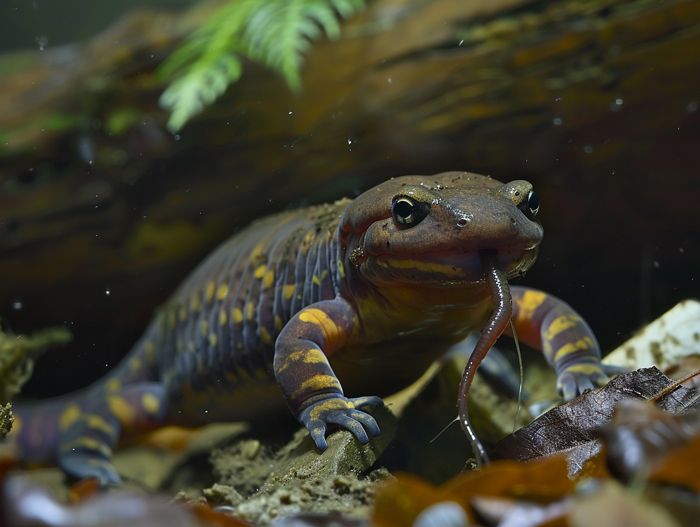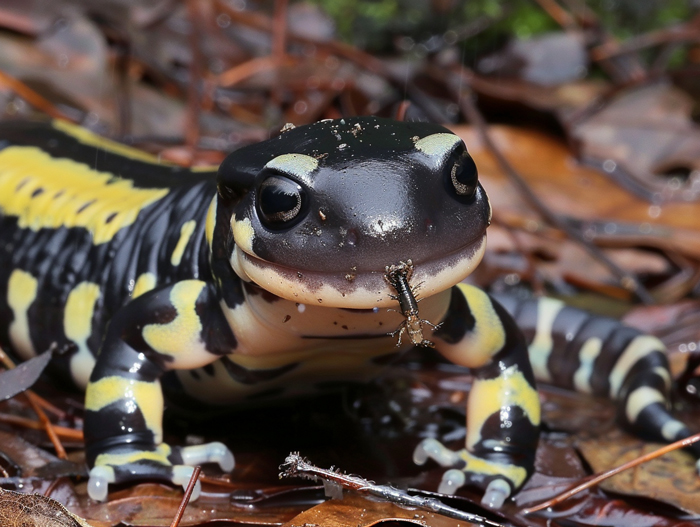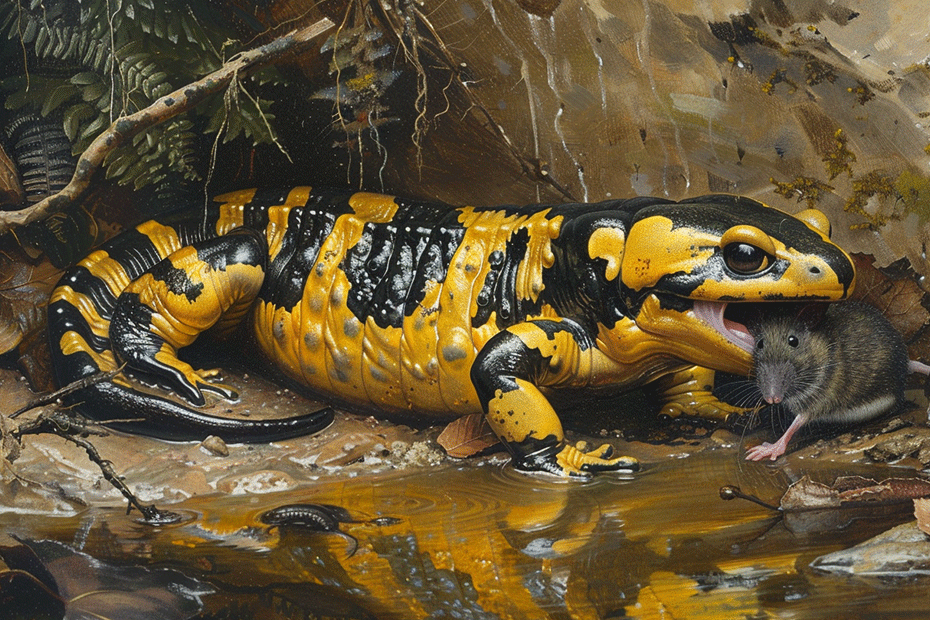Are you curious about what wild salamanders eat in their natural habitats? These fascinating amphibians have diverse diets that play a crucial role in their survival. Exploring the dietary habits of wild salamanders can provide valuable insights into their ecological roles and behaviors.
From insects and worms to small fish and even other salamanders, these creatures have a varied menu that adapts to their environment. Understanding the dietary preferences of wild salamanders is essential for conservation efforts and maintaining the delicate balance of ecosystems. Let’s jump into the world of wild salamanders and uncover the secrets of their diet.
Key Takeaways
- Wild salamanders have diverse diets, including insects, worms, small fish, and on rare occasions, other salamanders.
- Insects like beetles, ants, and caterpillars provide essential protein and nutrients for wild salamanders.
- Worms are crucial for hydration and protein intake in a wild salamander’s diet.
- Habitat factors such as water availability, structural diversity, and temperature influence the food choices of wild salamanders.
- Understanding the dietary preferences of wild salamanders is vital for conservation efforts and ecosystem balance.
Overview of Wild Salamanders’ Diet

Wild salamanders have diverse diets, mainly consisting of small creatures found in their habitats. Understanding what wild salamanders eat is crucial for conservation efforts and maintaining ecosystem balance. Here’s a breakdown of their diet:
- Insects: Wild salamanders are known to feed on various insects such as beetles, ants, and caterpillars. These insects provide essential protein and nutrients for their survival.
- Worms: Another significant part of a wild salamander’s diet includes earthworms. These slimy creatures offer a good source of moisture and protein for the salamanders.
- Small Fish: Some species of wild salamanders may also consume small fish, particularly in aquatic habitats. This adds diversity and nutrients to their diets.
- Other Salamanders: In rare cases, certain cannibalistic salamander species may prey on smaller salamanders. This behavior showcases the adaptability and survival strategies of these amphibians.
- Summary: Wild salamanders exhibit adaptable dietary preferences, consuming insects, worms, small fish, and on occasion, even other salamanders. By studying and understanding their varied diets, we gain insights into their ecological roles and behaviors in their natural environments.
Types of Food Wild Salamanders Eat
Wild salamanders have diverse diets, mainly consisting of insects, worms, and crustaceans. Understanding these dietary preferences is vital for preserving their populations and maintaining ecological balance.

Insects
- Wild salamanders consume a variety of insects such as beetles, ants, and crickets.
- These insects are rich sources of protein and nutrients for wild salamanders.
- Catching insects helps wild salamanders maintain their energy levels and survival in their natural habitats.
Worms
- Worms are another essential part of a wild salamander’s diet, providing moisture and additional protein.
- The consumption of worms offers hydration and aids in the digestive process of wild salamanders.
- Wild salamanders rely on worms for sustenance and nutritional balance in the wild.
- Some species of wild salamanders also feed on small Crustaceans like shrimp and small crabs.
- Crustaceans contribute essential nutrients and minerals to the diet of wild salamanders.
- Including crustaceans in their diet adds variety and nutritional diversity for these amphibians.
Understanding the types of food wild salamanders eat sheds light on their ecological roles and helps in creating effective conservation strategies.
Factors Affecting Wild Salamanders’ Food Choices

Habitat
- Water Availability: Salamanders in moist habitats may have easier access to water-rich prey like worms.
- Structural Diversity: Different habitats offer varied prey options, influencing the salamanders’ diet diversity.
- Temperature: Warmer habitats may attract insects, while cooler ones can limit food availability.
- Availability of Prey: Seasonal changes impact insect populations, affecting salamanders’ food sources.
- Hibernation: During winter, salamanders may rely on stored fat reserves or hibernate, reducing their food consumption.
- Breeding Season: Increased energy demands during breeding can alter dietary preferences for additional nutrients.
Wild salamanders’ food choices are influenced by factors like habitat characteristics and seasonal variations. Understanding these dynamics can offer valuable insights into their dietary preferences and help in conservation efforts.
Conclusion
Understanding the dietary habits of wild salamanders is crucial for their conservation and the preservation of their habitats. Factors like habitat characteristics, seasonal variations, and breeding seasons all influence what these fascinating creatures eat. By studying these dynamics, researchers can contribute to the protection of salamander species and the maintenance of ecological harmony in their surroundings. Remember, the food choices of wild salamanders are intricately linked to their environment, highlighting the delicate balance of nature.

Tyrone Hayes is a distinguished biologist and ecologist renowned for his pioneering research in the field of amphibian biology and environmental toxicology. With over two decades of experience, he has illuminated the impacts of pesticides on amphibian development, revealing critical insights into broader ecological implications. Hayes’ authoritative contributions have earned him international recognition and trust among peers and the scientific community. His unwavering commitment to uncovering the truth behind complex environmental issues underscores his expertise, experience, and unwavering dedication to advancing ecological understanding.
